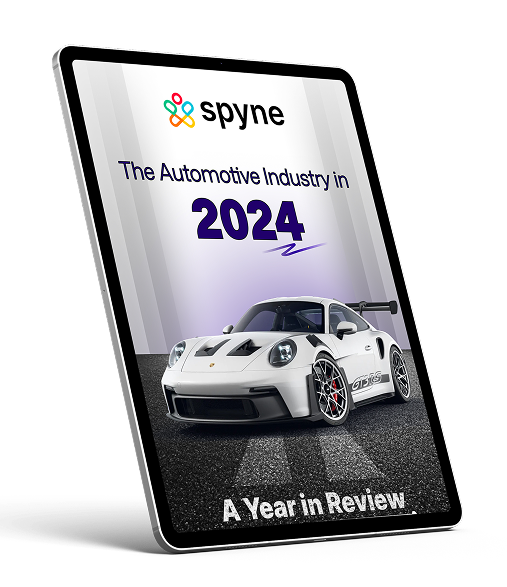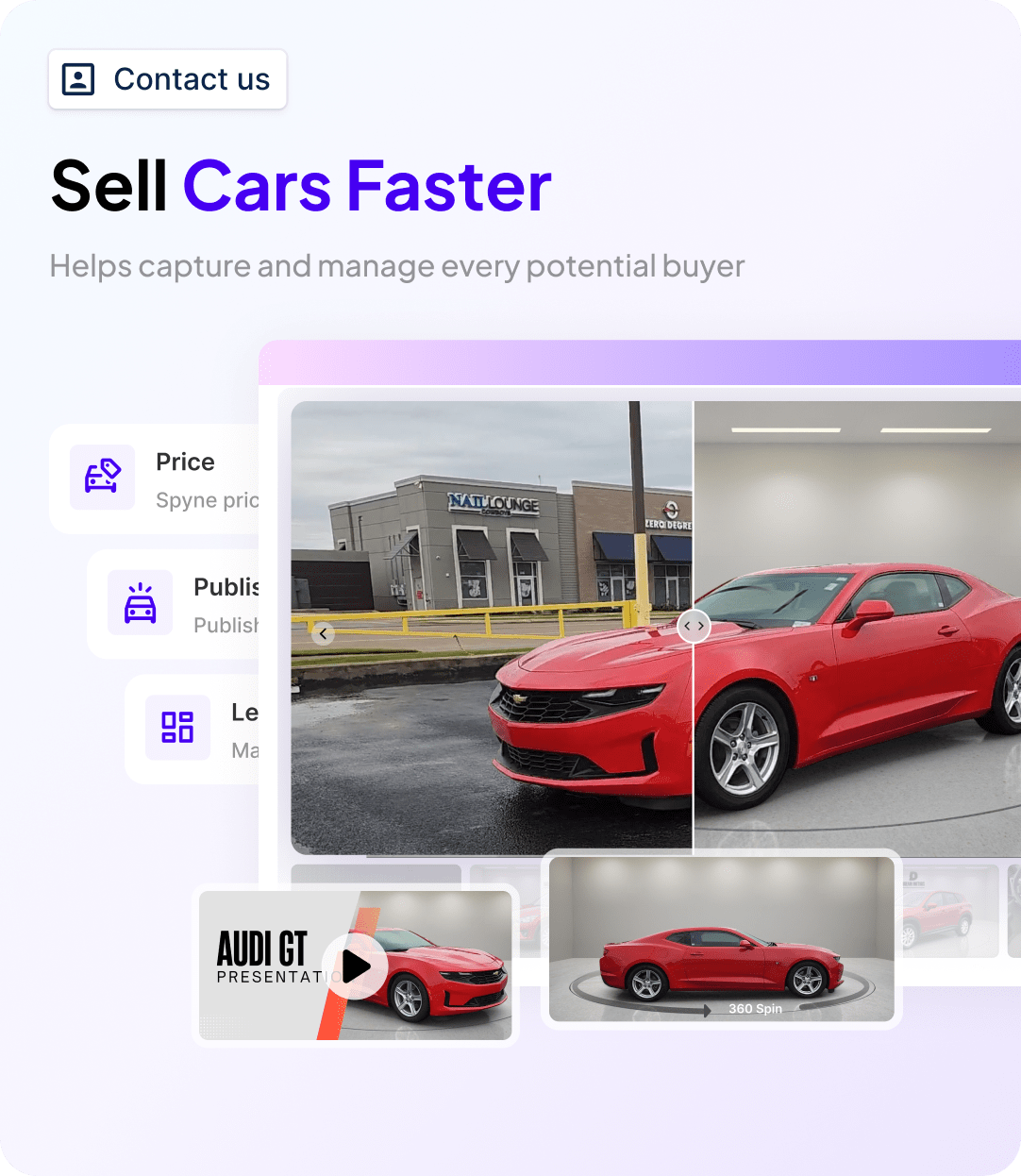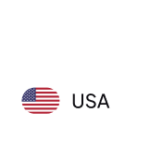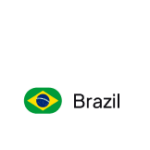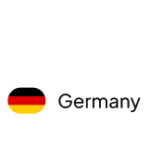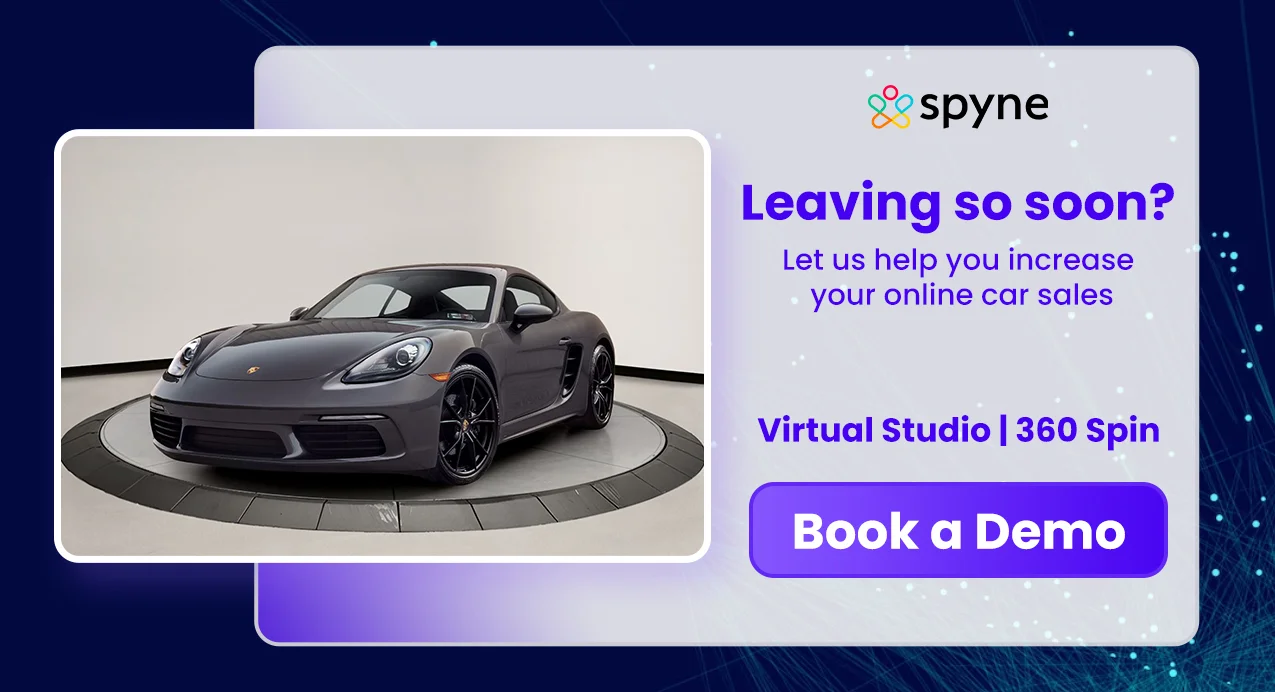Dark mode or light? Are you someone who finds the dark aesthetic too? Someone who likes the light trail shots more than the cinematic day clips? If yes, then this blog is for you. Night car photography is often associated with a majestic-looking car under the shimmering moonlight, with its headlights turned on, giving it an even better visual appeal. However, there’s more to it. Ever seen those cityscapes with fast-moving vehicles, the long light trails, and a fancy car that seems to be moving at a lightning speed? Those are a part of night car photography as well. Fascinating, isn’t it? So, wait no more and continue reading to find out how it’s done, the best camera settings for car photography at night, challenges, and every possible fundamental aspect.
How to Photograph Car Lights at Night?
Let’s skip to the good part- the light trail. How do you capture that perfect moment when the car seems stationary, but light lines around it give it the feeling of ultrasonic speed? The catch here is to have a slow shutter speed. Before we understand how that works, you must know how a picture is clicked originally. Due to the high shutter speed, the camera is exposed to the light for, say, two milliseconds. That gives you the sharp shot of the moment. However, if the camera is exposed to the light for longer, it gives you the desired trail. That’s the essence of it.
Delving into the details, you begin with a low ISO, a wider aperture, and a slow shutter speed. The accurate details for that perfect shot are given later in the blog. You finish by enhancing your car images by adjusting contrast, clarity, color balance, and highlights for a refined output.
Why Doesn’t the Car Blur?
The obvious question that might have come to your mind is why the car doesn’t blur with the low shutter speed, even when the camera is exposed to it for so long. Don’t scratch your head anymore as we’ve got the answer right here. Unexpectedly, the car isn’t visible. You read that right. The darker it is, the harder it becomes to see the shapes of moving cars. Since the vehicle isn’t in one spot long enough, there isn’t enough light reflecting off it to leave a visible impression in the final photo.
In some car night shots, photographers use a flash or light painting to quickly light up a moving or still car for just a split second. This quick flash captures the car sharply, even if the shutter stays open longer. It also helps prevent blur by “freezing” the car in place during that short burst of light.
What Settings Do You Need to Photograph Car Lights?
Car photography settings can make your work much easier if you do it right. To photograph car lights effectively, especially at night or to capture light trails, you’ll need to adjust your camera settings manually. Here are the car night photography settings to get great results:
1. Mode: Manual (M)
Use Manual mode so you have full control over exposure (shutter speed, aperture, and ISO).
2. Shutter Speed: 5–30 Seconds
- A slow shutter speed is key to capturing light trails from car headlights and taillights.
- The longer it’s open, the longer and smoother the trails will appear.
- Start with 10 seconds and adjust based on traffic speed and brightness.
3. Aperture: f/8 to f/11
- A narrow aperture keeps more of the image in focus and gives crisp light trails.
- Also helps balance the exposure during long exposures.
4. ISO: 100–400
- Keep ISO low to avoid grain and noise, especially in night shots.
- Raise it slightly if the scene is too dark, but avoid going too high.
5. Focus: Manual Focus
- Autofocus may struggle in low light.
- Manually focus on a spot where the cars will pass or on a nearby object like a road sign or curb.
6. White Balance: Auto or Custom
- Auto works well in most cases, but for accurate colors, set a custom white balance depending on street lighting (e.g., tungsten or fluorescent).
Extra Tools for Better Shots:
- Tripod: Keeps your camera steady during long exposures.
- Remote Shutter or Timer: Prevents camera shake when pressing the shutter button.
- Lens Hood: Reduces lens flare from streetlights or headlights.
Optional Creative Settings:
- Bulb Mode lets you hold the shutter open as long as you want, ideal for unpredictable traffic patterns.
- ND Filter: An ND filter helps avoid overexposure when shooting during twilight or early evening while maintaining long shutter speeds.
- Try night light painting car photography to add unique illuminated effects to the car’s body.
Tips and Tricks for Car Photography Mastery
Like every skill, mastering car photography night techniques requires you to know some fundamentals plus some pro tips that can instantly upgrade your car images immediately, even if you are just starting out in this field. Use these tips for getting an instant edge:
Shoot During Golden or Blue Hour
Golden hour provides soft, warm light that adds depth and glow to the car’s surface, while blue hour gives a cool, cinematic feel perfect for headlights and reflections.
Control Reflections
Cars reflect everything around them, so be mindful of your environment. Use a polarizing filter and adjust your shooting angle to minimize distracting reflections.
Use the Right Lens
A wide-angle lens adds drama and captures full-car shots, while a telephoto lens helps compress the background and isolate design features for a clean, focused look.
Follow the Rule of Thirds
Placing the car off-center creates a more dynamic composition and draws the viewer’s eye naturally through the frame.
Highlight Car Details
Focusing on badges, grilles, wheels, or interiors adds variety and lets you showcase the vehicle’s craftsmanship and personality.
Try Panning Shots
Track a moving car with your camera using a slow shutter speed to create a motion-blur background while keeping the car sharp and in focus.
Use Light Painting at Night
Move a light source around the car during long exposures to selectively illuminate curves and details, creating a dramatic and custom-lit look.
Keep the Car Spotless
Even small specks of dirt or fingerprints can show up in high-resolution photos, so make sure the car is thoroughly cleaned before shooting.
Choose the Right Background
The setting should enhance the car without overpowering it—depending on its style, urban, industrial, or natural backdrops work well. Car backgrounds can be edited with Spyne later as well.
Shoot from Low Angles
Getting closer to ground level makes the car appear more aggressive and powerful, and helps emphasize its shape and stance.
Turn the Wheels Slightly
Angling the front wheels slightly outward adds visual interest and gives the car a more purposeful, poised look.
Include a Human Element
Adding a person, like a driver stepping out or a hand on the wheel, adds storytelling, scale, and a sense of interaction to the photo.
Always Shoot in RAW
Shooting in RAW preserves more detail and dynamic range, giving you greater flexibility during post-processing for color and exposure adjustments.
Challenges of Night Car Photography
Whether you’re a novice or a professional photographer, night time car photography presents its own set of challenges, primarily because you shoot without a natural lighting source, i.e., at night. Here are a few things that you must prepare for before you go for the actual shoot:
Low Light Conditions
Limited natural light makes it difficult to get well-exposed shots, often requiring longer shutter speeds or higher ISO settings.
Motion Blur
Moving cars can appear blurry if your shutter speed is too slow or if stabilization isn’t perfect during long exposures.
Noise in Images
High ISO settings needed for night photography can introduce digital noise, especially in dark areas of the image.
Focusing Difficulties
Cameras often struggle to lock focus in low light, and manual focus can be hard without enough contrast or visible details.
Glare and Reflections
Bright streetlights and headlights can create unwanted flares or harsh reflections on the car’s glossy surfaces.
Balancing Exposure
It’s tough to expose both the bright car lights and the darker surroundings without losing detail in one or the other.
Battery Drain
Cold temperatures and long exposures can significantly reduce battery life, requiring extra power management or spares.
Safety Concerns
Shooting near traffic or in unfamiliar, dark areas can be risky, so awareness and proper planning are essential.
Color Balance Issues
Mixed lighting sources at night can lead to unnatural color casts that are difficult to correct in post-processing.
Equipment Limitations
Entry-level gear may struggle with sharpness, clarity, and noise control when shooting in low-light conditions. Therefore, you need 360 automotive equipment (digital, here) which can help you do this without any expensive kit.
How Spyne Solves These Challenges?
Though life offers no shortcuts for the best results, humans have found better ways to do difficult things time and again. Spyne is your saviour against all these problems listed above.
Low Light Conditions
Spyne’s AI-powered car image enhancer automatically adjusts exposure and brightness, bringing out details in low-light shots without needing extra lighting gear or long setup times.
Motion Blur
With its advanced motion correction algorithms, Spyne can reduce or eliminate motion blur in moving car shots, ensuring crisp images even if the original capture wasn’t perfect.
Noise in Images
Spyne uses AI-based noise reduction to clean up grainy textures caused by high ISO settings, resulting in sharper, more professional-looking car images without losing fine detail.
Focusing Difficulties
Even if your camera struggles with autofocus in low light, Spyne can intelligently sharpen and refine images during post-processing, making up for slight focus issues and soft shots.
Glare and Reflections
Spyne’s AI tools help minimize or eliminate distracting glares and reflections on car surfaces, especially from headlights and streetlamps, giving the car a cleaner, polished finish.
Balancing Exposure
Spyne’s automatic dynamic range adjustment balances highlights and shadows, so you retain details in both bright car lights and dark surroundings without complex manual editing.
Battery Drain
By streamlining the editing process, Spyne reduces the need for multiple reshoots or time-consuming manual adjustments—helping you capture more in a single, efficient session without draining your gear’s battery life.
Safety Concerns
With Spyne’s AI background replacement and lighting enhancement, you can shoot in safer, controlled environments and still create the look of a nighttime street scene—no need to shoot near traffic or in unsafe areas.
Color Balance Issues
Spyne automatically corrects white balance and removes unnatural color casts from mixed lighting sources like sodium-vapor and LED streetlights, producing more natural, consistent tones.
Equipment Limitations
Even if you’re shooting with entry-level gear, Spyne’s AI upscaling and enhancement features can elevate your images to look like they were shot with professional cameras and lighting setups.
Why Choose Spyne for Night Car Photography?
Though very precisely shot, manual images can never get you the same output as those enhanced using professional editing tools. Does that mean you need a team of designers or editors? Don’t worry, we’ve got you covered. Spyne’s AI can do this job without any human expertise. Here’s how:
AI-Powered Image Enhancement
Spyne automatically improves night car shots by adjusting exposure, contrast, and clarity, bringing out details even in poorly lit images without the need for expensive lighting setups.
Professional-Grade Results with Minimal Effort
You don’t need to be a photography expert. Spyne’s intelligent editing tools deliver high-quality, dealership-ready visuals with just a few clicks, saving you hours of manual retouching.
Eliminate Glare, Reflections, and Noise
Spyne’s advanced algorithms clean up reflections, remove unwanted glares, and reduce grain from high ISO settings, helping your car images look crisp and flawless.
Replace or Enhance Backgrounds Instantly
Shoot anywhere, even in a parking lot or garage, and let Spyne help you with car background replacement. Be it night cityscapes, streets, or studio looks, it will be tailored to your brand.
Consistent Color and White Balance
No more weird yellow or blue tones from streetlights. Spyne corrects color temperature automatically to ensure your car’s paint and lights look true to life and consistently professional.
Works with Any Gear
Whether you’re using a smartphone or a DSLR, Spyne transforms your raw captures into professional visuals, eliminating the need for high-end photography equipment.
Save Time, Shoot Safely
Skip unsafe late-night shoots on public roads. Capture in a controlled space, and let Spyne recreate the nighttime effect with stunning realism and atmosphere.
Optimized for Automotive Businesses
Built with car dealerships, marketplaces, and photographers in mind, Spyne ensures every image meets industry standards for online listings, ads, and social media promotions.
Conclusion
Night car photography combines creativity, technique, and the right tools to capture the magic of vehicles under low light. From mastering slow shutter speeds to tackling low light, reflections, and motion blur, it’s an art that demands precision and patience. However, thanks to advancements in AI technology, platforms like Spyne have transformed this complex process into something accessible and efficient. Whether you’re a car dealership, an automotive content creator, or an enthusiast, Spyne empowers you to produce stunning night car visuals. Its innovative editing capabilities, ranging from glare removal to background enhancement, ensure every shot looks cinematic and professional. So, if you want to elevate your automotive imagery, save time, and overcome the traditional hurdles of night photography, Spyne is your ideal partner. With Spyne, every night shoot becomes a visual story worth showcasing.

